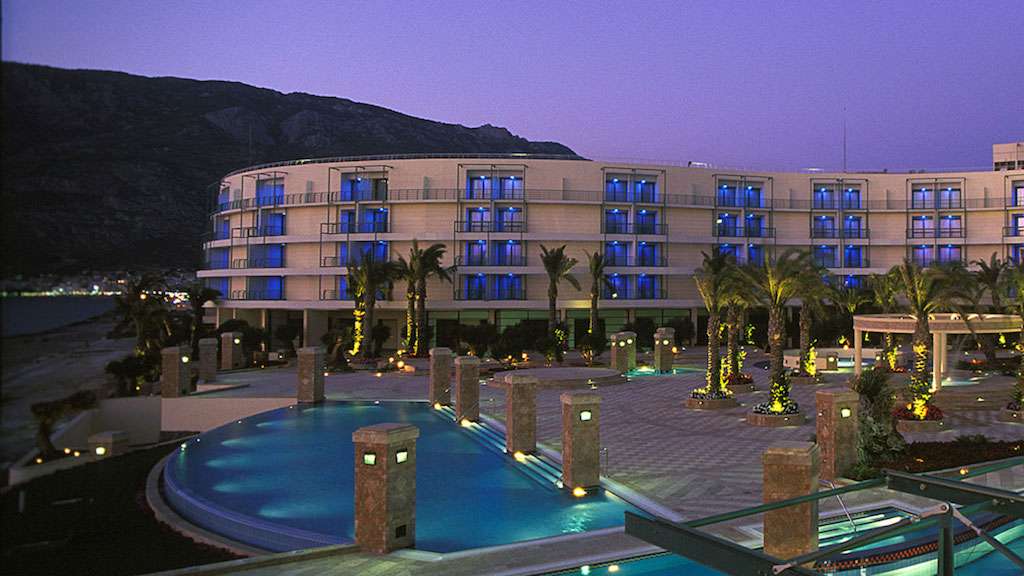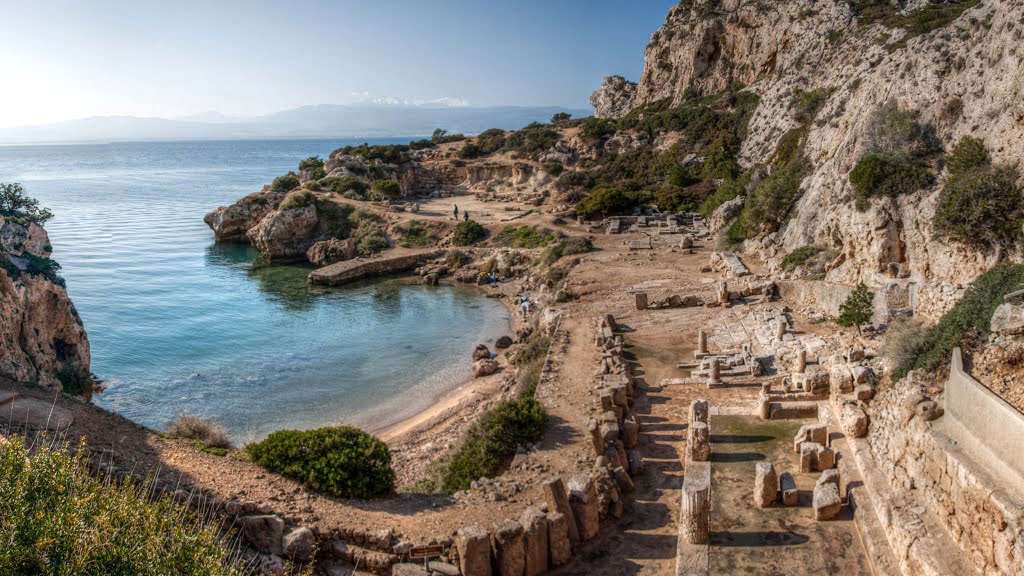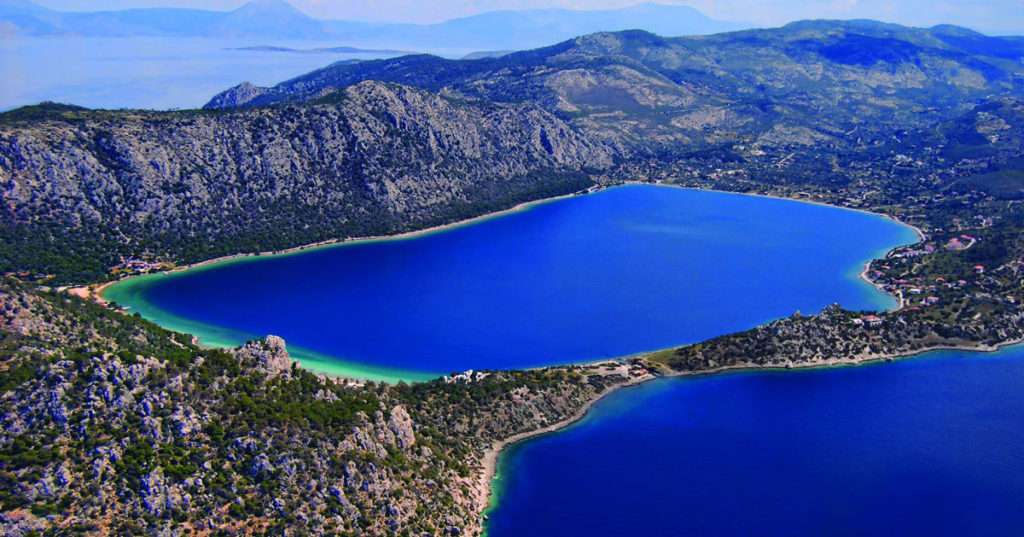Driving along the coastline, we’ll see the island of Salamis, where the naval battle between the Greeks and the Persians took place at 480 B.C. Our first shortstop will be a few kms before Corinth to see the impressive Corinth Canal, which connects the Aegean and the Ionian Sea. Loutraki is situated 6 kilometers north of the Corinthian canal and is best known for its natural springs; the town’s name is derived from the Greek for “spring”. The city of Loutraki is the same place as the ancient commune of Thermae that 3,000 years ago the ancient Greeks, then the Romans, and the Byzantines had already discovered the ancient alternative approach to healing and prevention, psychosomatic relaxation and rejuvenation.
It has always been a traditional spa resort where people would come from around the country to enjoy and use the thermal springs’ benefits. Today the ancient approach to healing continues with the Loutraki Thermal Spa, one of the oldest and most modern Spas in Europe, fulfilling all the necessary criteria, to be a member of the European Historic Thermal Towns Association along with other city members such as Bath in England, Montecatini Terme in Italy, Karlovy Vary in the Czech Republic, Vichy in France, Baden Baden in Germany and others.

The town has been devastated by earthquakes, the largest in 1928, completely demolishing the town and by another one in 1981. It’s now best known as a tourist town and for the bottled spring water, home to many hotels and resorts as well as one of the largest casinos in Europe.
Lake Vouliagmeni is about 16kms from Loutraki and is not exactly a lake because it joins the sea through a small canal. It is surrounded by natural pine forest and is considered one of the most beautiful lagoons in Greece. A beautiful place to enjoy your lunch! Very near is the Ancient Heraion, a site excavated in the 1930s and home to the Sanctuary of Hera, with the ancient temple’s ruins and the rest of the buildings almost reaching the sea.

Cult activity at the site continued from perhaps the 9th century BC to 146 BC when the Roman general Mummius sacked Corinth. There is a legend recounted in Euripides that Medea buried her murdered children at a sanctuary of Hera Akraia as she fled from Corinth. This may be a reference to this site.

